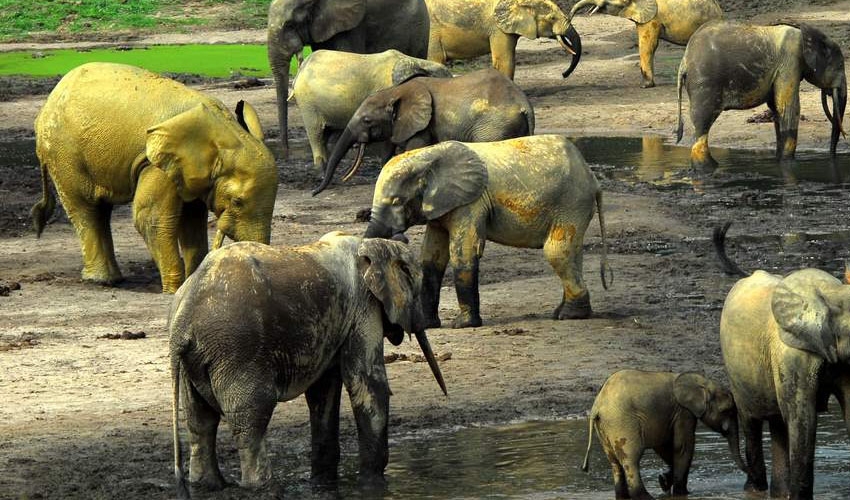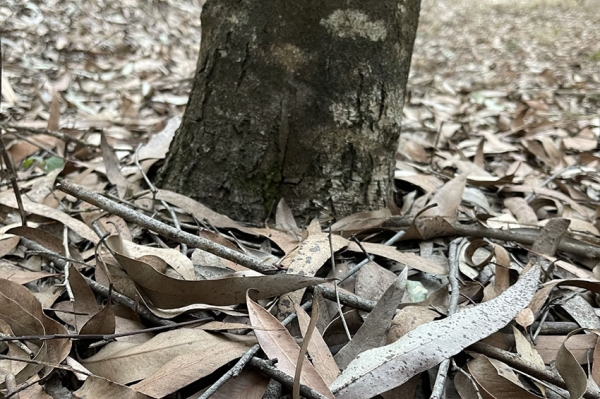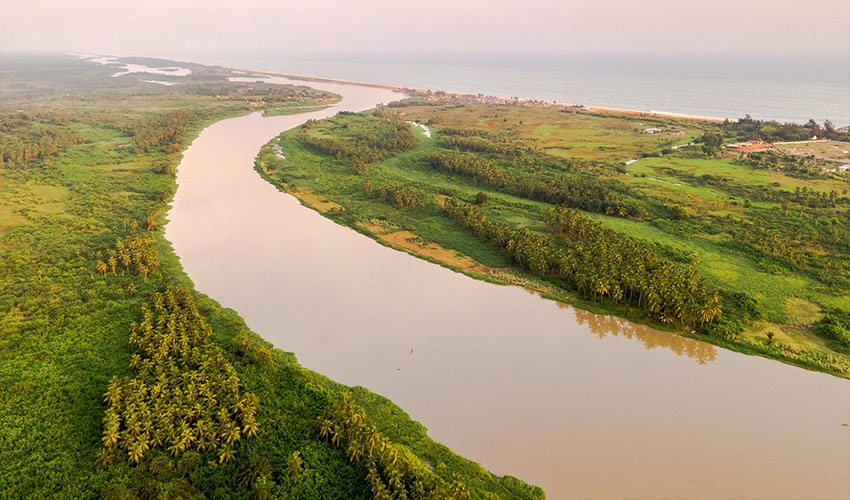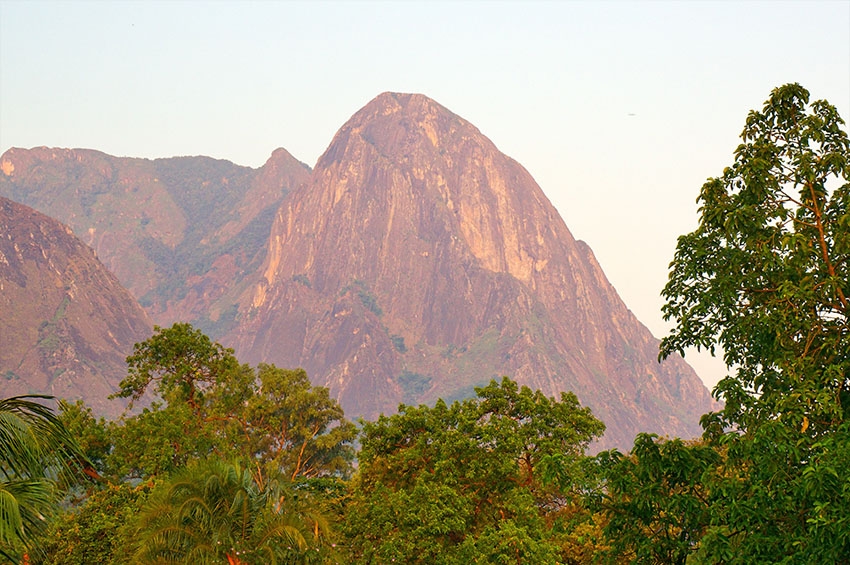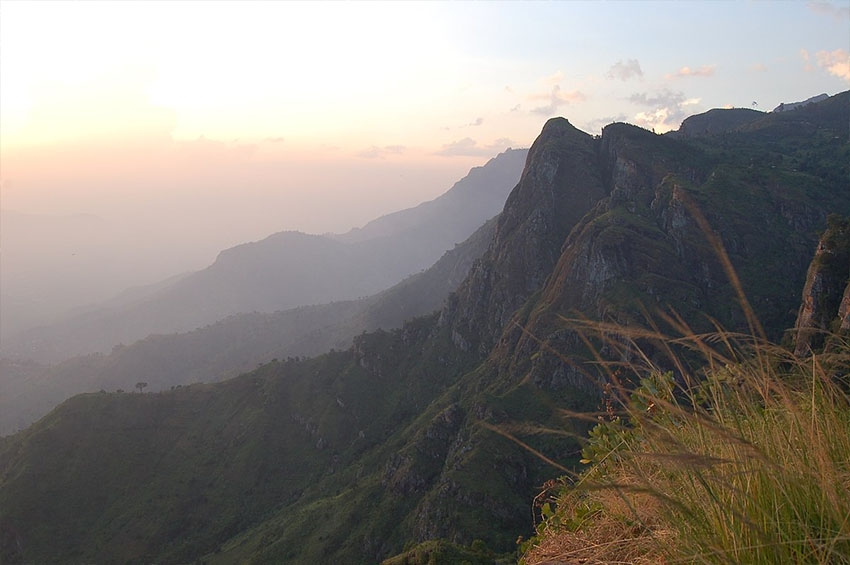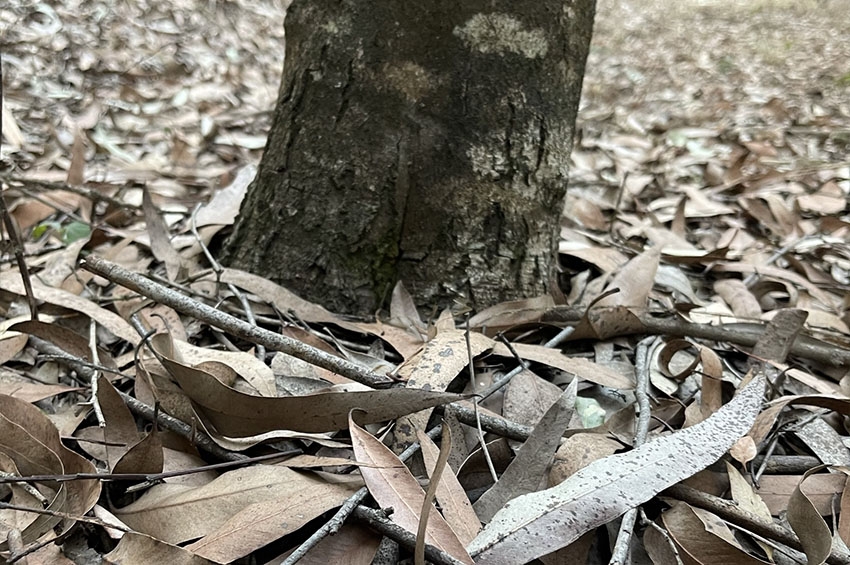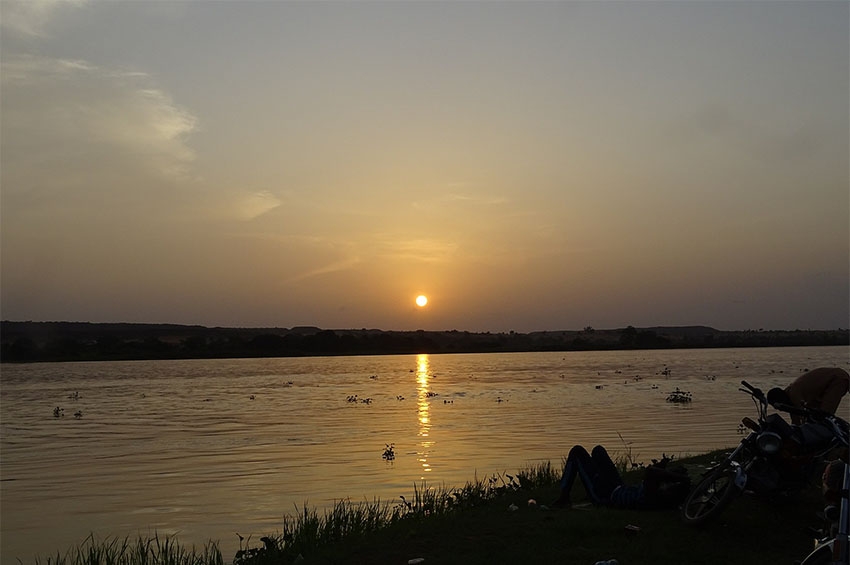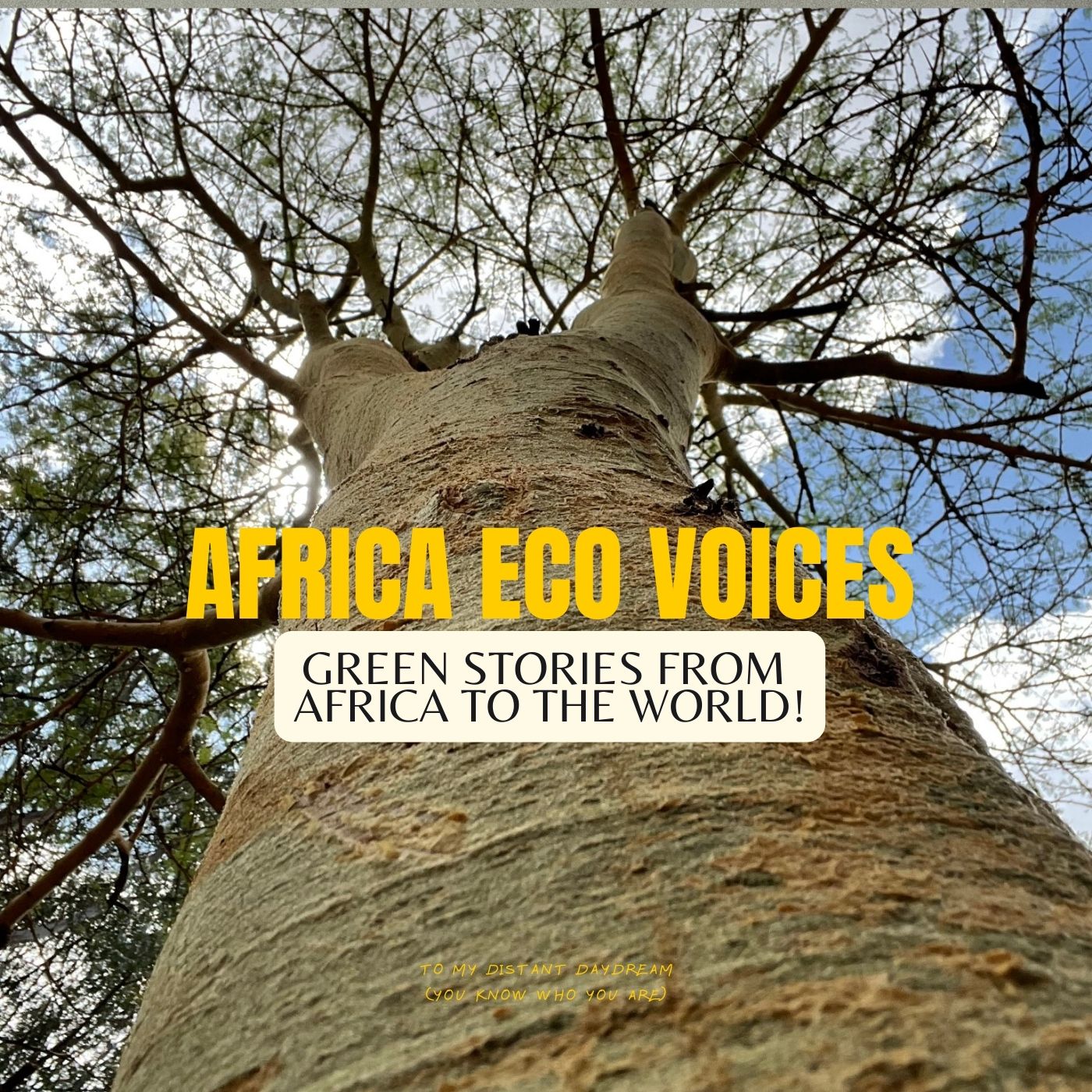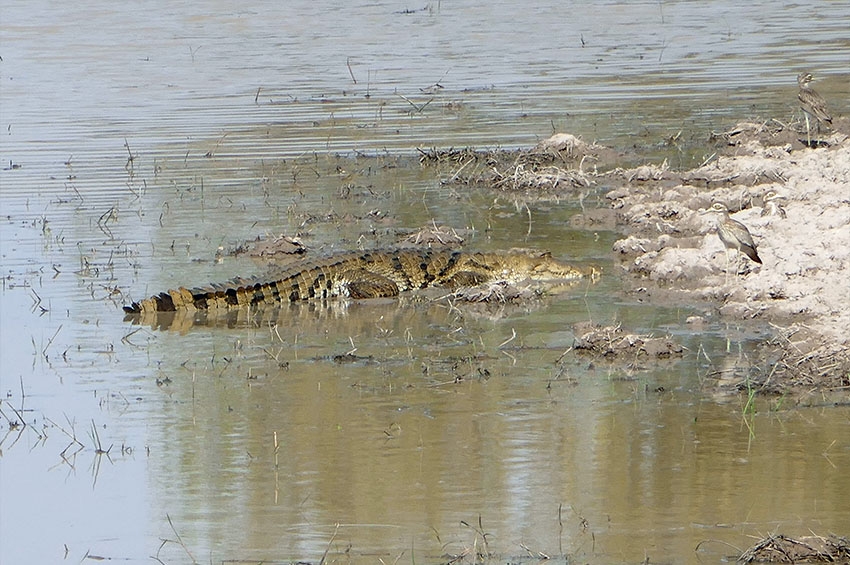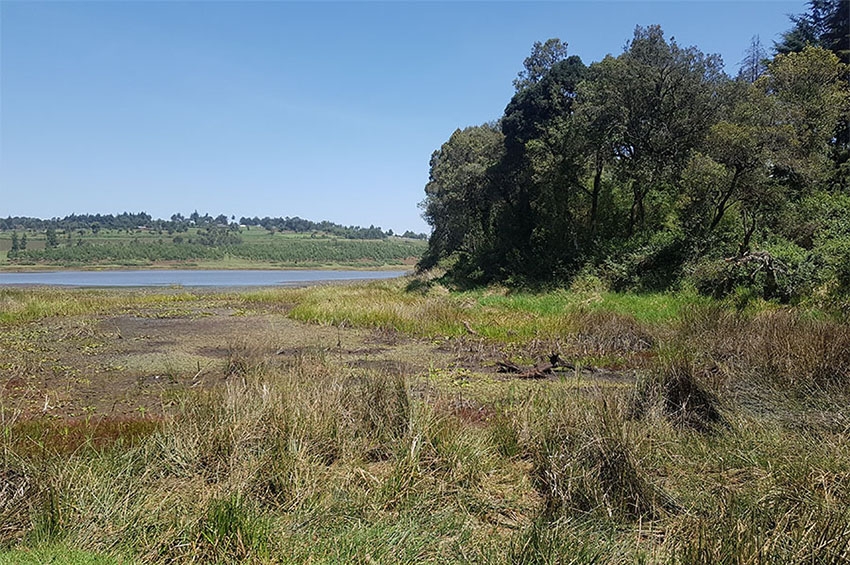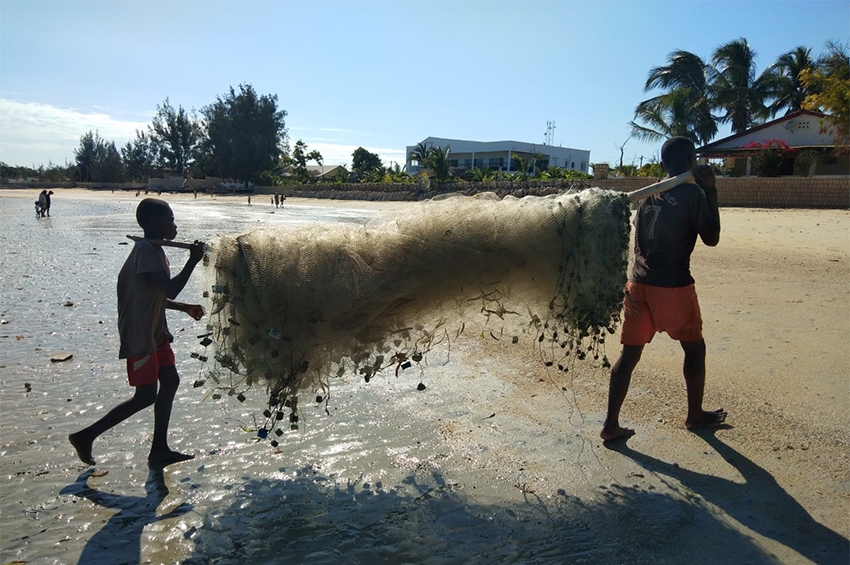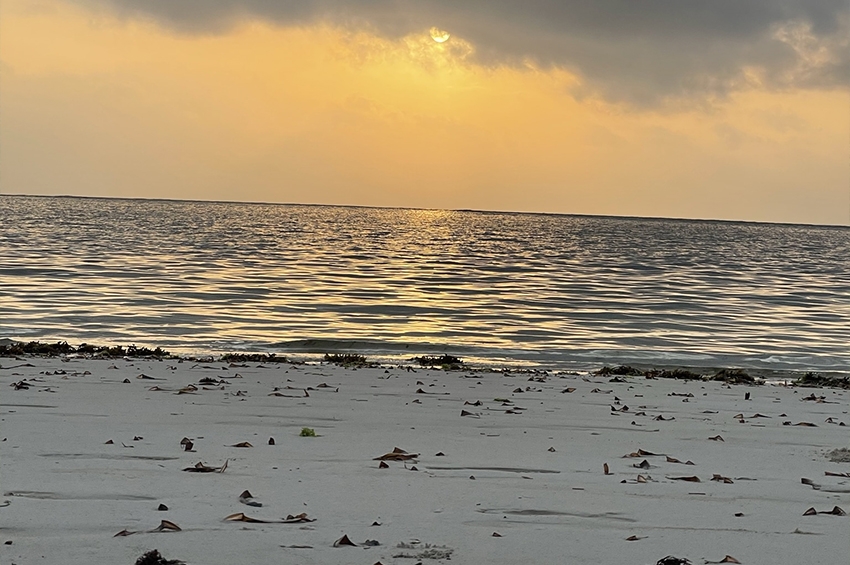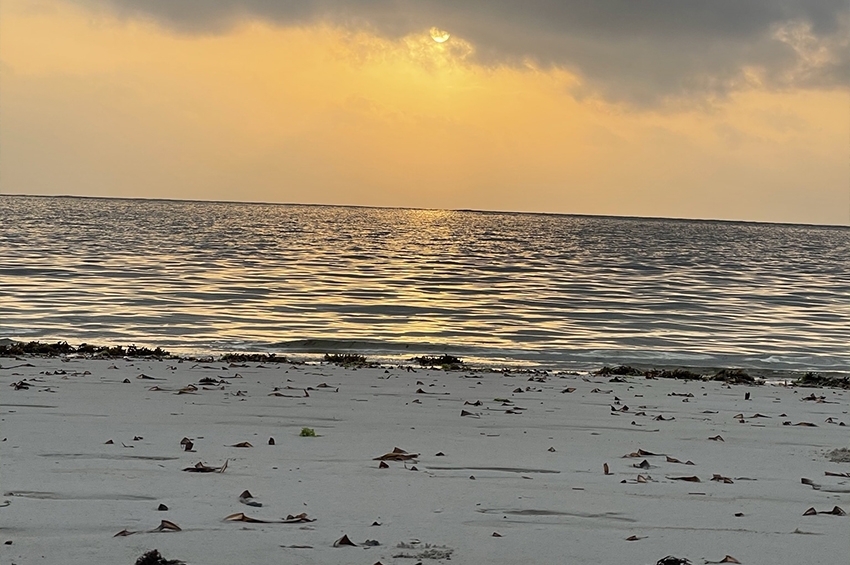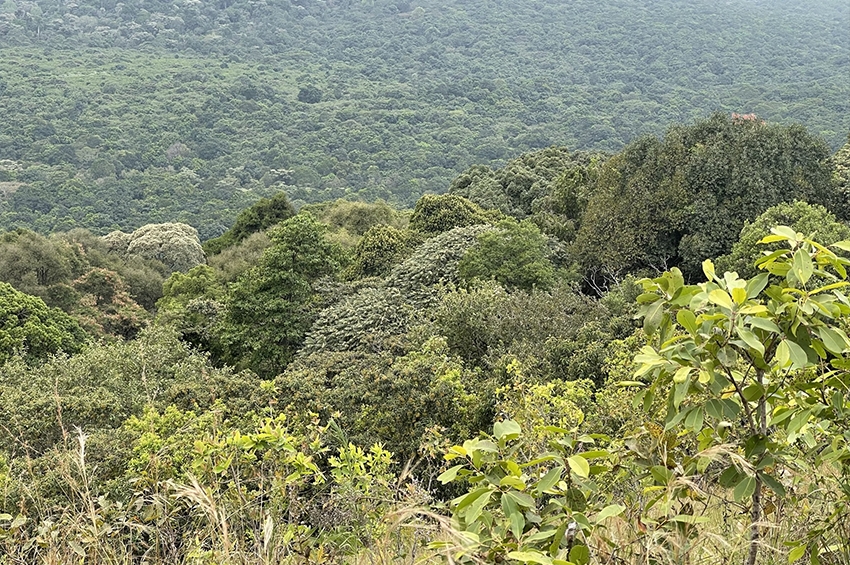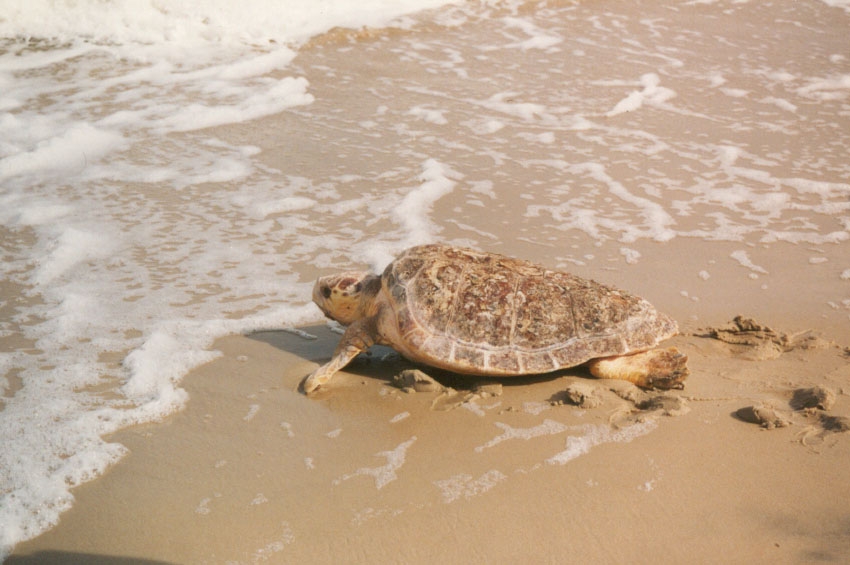Back in 1989, on one hot December day, the High Court sitting at Nairobi delivered a ruling that reverberated ominously in the corridors of justice.
‘The Petitioner has no locus standi or the right and capacity in law to bring the suit or address the Court on the matter,” (Wangari Maathai vs Kenya Times Media Trust Ltd [1989] (5403/1989) the Judge pronounced.
The ruling was not only a disappointing interpretation of the prevailing law, but also denied the late Prof Wangari Maathai, a world renowned environmentalist and later 2004 Nobel Peace Laureate the right to present her case in court on behalf of fellow citizens. Prof Maathai was fighting to stop the government owned Kenya Times Media Trust from building an office and shopping complex at Uhuru Park, Nairobi’s recreational Park. The effect of that infamous ruling was to make it extremely difficult for a citizen to sue on behalf of the public, especially concerning rights like environmental rights which the constitution at the time did not expressly provide for.
Such incidences amplified the outcry for a new constitution and when the constitutional review process commenced there was consensus for the need to constitutionally anchor environmental rights. Therefore, in a marked departure from the previous constitution, the core right to a clean and healthy environment (Constitution of Kenya 2010, Article 42) plus other environmental rights have been safeguarded and elevated to constitutional status in the 2010 Constitution. Moreover, the Constitution now unequivocally allows any citizen to initiate public interest litigation to prevent a violation or threatened infringement of environmental rights or to enforce environmental rights (Constitution of Kenya 2010, Article 70 (1)).
Duties have also been placed on the State and on individuals to protect and conserve the environment while ensuring ecologically sustainable development and use of natural resources (Constitution of Kenya 2010, Article 69 (2)). The Constitution places a duty on the state to achieve and maintain a tree cover of at least 10% (Constitution of Kenya 2010, Article 69 (1) (b)) while activities that are likely to endanger the environment are outlawed (Constitution of Kenya 2010, Article 69 (1) (g)). Intellectual property and indigenous knowledge of biodiversity as well as the genetic resources are to be enhanced and protected by the state. (Constitution of Kenya 2010, Article 69 (1) (c)) Public participation in environmental decision making, management and conservation is similarly mandatory (Constitution of Kenya 2010, Article 69 (1) (g)). General principles of international environmental law like the polluter pays principle or environmental rules contained in treaties that Kenya has ratified are now considered part of domestic law (Constitution of Kenya 2010, Article 2 (5)). The novel approach adopted by the Constitution is an enormous boost to the conservation and protection of the environment.
The Wildlife Conservation and Management Act (WCMA) came into force in 2014 and introduced stringent penalties for wildlife crimes. This eliminated the ‘low risk high return’ tag that wildlife crimes had acquired prior to enactment of this law. The WCMA replaced the older law that had penalties as low as 10,000 shillings ($100) for possession of Ivory or Rhino horn (Wildlife Act Cap 376 Sec 39, 43). Under the WCMA, fines as high as 20 million shillings ($20,000), long jail-terms and probable life imprisonment are prescribed for offences relating to trophies such as Ivory and Lion skin (Wildlife Conservation and Management Act 2013, Sec 88 – 108) Such stringent penalties coupled with successful prosecution of offenders and intensified surveillance by the Kenya Wildlife Service have acted as a significant deterrent and led to a reduction in wildlife crimes. Since the WCMA came into force in January of 2014 there has been a steady decline in poaching as shown below; (Kenya. Kenya Wildlife Service. National Wildlife Conservation Status Report 2015-2017, page 65).
Abraham Njenga lives in wildlife rich Nanyuki and shares the view that the current wildlife law is favourable for wildlife conservation. He however has two major concerns; the escalating incidences of human – wildlife conflict and delayed compensation for those who have lost lives, property or have been maimed by wildlife. Abraham asserts that despite locals following the laid out procedure when reporting such occurrences, no one in recent years has been compensated whereas compensation claims continue piling up. He believes that this is encouraging a negative attitude towards wildlife.
The wildlife law promotes inclusion of local communities in wildlife management through the County Wildlife Conservation and Compensation Committees (CWCCC) (Wildlife Conservation and Management Act 2013, Sec 18). Four community representatives are required to form part of each county committee (Wildlife Conservation and Management Act 2013, Sec 18 (g)) where they participate in all the decision making processes. The committee participates in the planning and implementation of all projects or programmes for conservation and management of wildlife resources in each respective county and ensures that benefits derived from wildlife resources are distributed equitably (Wildlife Conservation and Management Act 2013, Sec 19 (c) and 19 (d)). CWCCC also participates in all land use planning initiatives and especially where wildlife habitats, corridors and dispersal areas are concerned. Claims for compensation of persons who have been killed, injured or whose properties have been destroyed by wild animals are also reviewed by the CWCCC (Wildlife Conservation and Management Act 2013, Sec 25).
The research capability for wildlife conservation has been enhanced by provisions establishing a forensic laboratory. (Wildlife Conservation and Management Act 2013, Sec 7 (q)). The laboratory has aided in the development of a database for species genetic markers and in licensing as well as certification of plant or animal export products that are of an unknown or suspicious identity. This has curtailed illegal exploitation of Kenya’s biodiversity and genetic resources. A legal framework has also been introduced for any individual, community or groups who own land inhabited by wildlife to establish conservancies. This is vital because almost half of Kenya’s wildlife are found in conservancies, lands adjacent to National parks and reserves or lands that form migratory and connectivity corridors (Kenya wildlife Conservancies Association, 2018). In addition, conservancies provide an opportunity for communities that live with wildlife to earn a livelihood, for instance, as community rangers.
Forest conservation in Kenya is fraught with a number of challenges that have led to forest cover plummeting well below the recommended 10% (Kenya. Ministry of Environment and Forestry. 2018 Report on Forest Resources Management and Logging Activities in Kenya, page 29). Forests have been adversely impacted by irregular excisions, illegal logging, illegal settlements, charcoal burning, corruption and political interference (Kenya. Ministry of Environment and Forestry. 2018 Report on Forest Resources Management and Logging Activities in Kenya, pages 27 - 45) The resulting rapid loss of forest cover and associated repercussions like frequent droughts and flooding necessitated the formation of a government task force in 2018 to investigate the status of forest resources. The task force made recommendations for reform after uncovering massive mismanagement of forest resources, a finding that Sarah Kutahi a resident of Maasai Mara wholeheartedly concurs with. Sarah has been involved in several reforestation initiatives most recently at Nesuit area of the eastern Mau Forest and was outraged at the extent of destruction. She adds that a lack of alternative sources of livelihoods for communities living near forests, high demand for charcoal or firewood due to a lack of viable alternative sources of energy and corruption as other major contributing factors to deforestation.
Despite that, a decent legal framework envisioned to support the protection and sustainable exploitation of forest resources does exist. Poor implementation and enforcement have been the bane of the Forest Conservation and Management Act of 2016. To promote sustainable use of forest resources and prevent illegal trade in forest produce, the act outlines a system of checks and balances. These include; prohibition of trade in restricted forest produce (Forest Conservation and Management Act 2016, Sec 61), strict export and import procedures (Forest Conservation and Management Act 2016, Sec 60) and a chain of custody system to verify produce origin along with the licencing of forest products (Forest Conservation and Management Act 2016, Sec 58). The Forest law obligates all forests to have forest management plans which must be approved and their implementation supervised by the Kenya Forestry service (Forest Conservation and Management Act 2016, Sec 47). In an effort to end forest degradation, fiscal incentives like exemption from payment of land rates or different tax deductions to landowners in exchange for the establishment of a forest conservation easement are offered (Forest Conservation and Management Act 2016, Sec 54).
The forest act provides for protection of indigenous knowledge as well and participatory forest management through community forest associations (Forest Conservation and Management Act 2016, Sec 48-49). This has enabled forest dwelling communities that have maintained a livelihood which is not detrimental to the forests to be allowed to continue living therein. The Awer of Boni and Dodori Forest and Yiaku of Mukogodo forest are noted as communities that have sustainably dwelt within indigenous forests. The Yiaku have been at the forefront of successful conservation efforts of Mukogodo forest such that there are plans to replicate that conservation model amongst other communities (Shadrack Kavilu 2018). Karura forest stands out as another great example where Karura’s vibrant community forest association has played a substantial role in resisting attempts to illegally excise parts of it, managing and conserving the forest. The forest is now secured and a thriving recreational nature reserve. Colobus monkeys have been re-introduced into Karura forest and members of the community neighbouring the forest, mainly composed of low income settlements residents, have been trained on forest management practices, bee-keeping and to be tour guides and community forest scouts. (Mukami Githagui, 2018). There’s need however to toughen penalties for forestry offences like illegal commercial logging, charcoal burning and felling of endangered tree species.
Kenya’s environmental legislation and institutional frameworks are fairly robust and comprehensive. Regulations exist to protect the diverse ecosystems and various checks and balances to safeguard decision making processes. The environment and land court was also established with the sole mandate to handle matters environment and natural resources. There remains an urgent need to recruit sufficient personnel, adequately fund, equip and institute a clear coordination framework for environmental agencies to ensure that they effectively deliver their mandates. All in all, the environmental law legal regime in Kenya is a cause for optimism.
REFERENCES.
Constitution of Kenya 2010. Available at http://www.kenyalaw.org/lex/actview.xql?actid=Const2010
Forest Conservation and Management Act, 2016. Available at: http://kenyalaw.org/kl/fileadmin/pdfdownloads/Acts/ForestConservationandManagementActNo34of2016.pdf
Kenya. Ministry of Environment and Forestry. 2018 Report on Forest Resources Management and Logging Activities in Kenya, pages 29 – 45. Available at: http://www.environment.go.ke/wp-content/uploads/2018/05/Task-Force-Report.pdf (Accessed on 20th December 2018)
Kenya Wildlife Conservancies Association, 2018. When people are willing stewards, wildlife flourishes. Available at: https://kwcakenya.com/ (Accessed on 10th January 2019.)
Kenya. Kenya Wildlife Service. National Wildlife Conservation Status Report 2015-2017, page 65. Available at: www.kws.go.ke/file/2874/download?token=zLiEvNc0 (Accessed on 27th December 2018)
Mukami Githagui, 2018. ‘Environmental Stewardship in Karura Forest.’ UNDP Kenya Press Centre, 14th September. Available at: http://www.ke.undp.org/content/kenya/en/home/presscenter/articles/2018/Environmental-stewardship-karura.html
Shadrack Kavilu (2018) ‘A forest of their own: The Yiaku as Kenya’s model forest stewards.’ Mongabay, 26th November. Available at: https://news.mongabay.com/2018/11/a-forest-of-their-own-the-yiaku-as-kenyas-model-forest-stewards/ (Accessed on 14th January 2019.)
Wangari Maathai Vs Kenya Times Media Trust Ltd [1989] (5403/1989). Available at: http://kenyalaw.org/caselaw/cases/view/53011 (Accessed on 20th December 2018)
Wildlife Conservation and Management Act, 2013. Available at: http://www.kenyalaw.org/lex/actview.xql?actid=No.%2047%20of%202013
The Wildlife (Conservation and Management) Act, 1976. Available at: http://www.kenyalaw.org/kl/fileadmin/pdfdownloads/Acts/Wildlife__Conservation_and_Management_Act___Cap_376_.pdf

